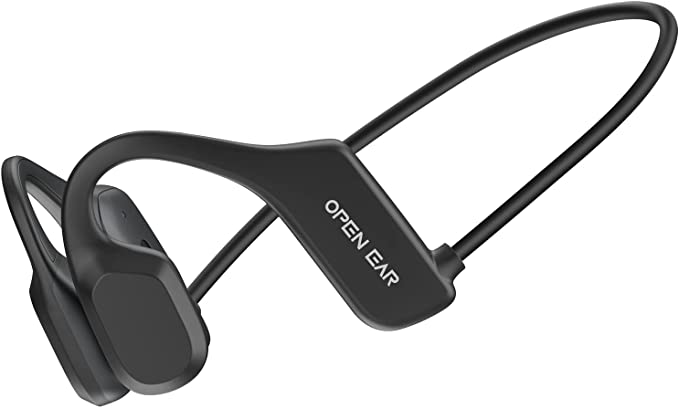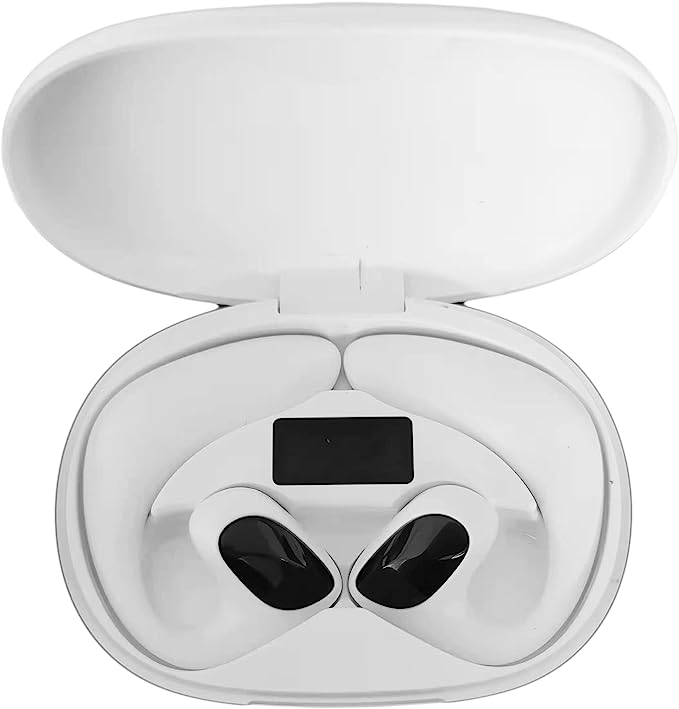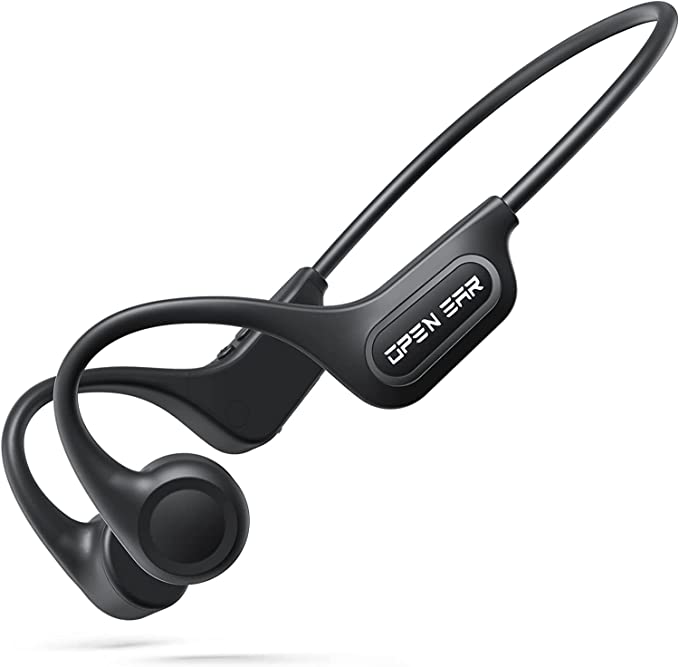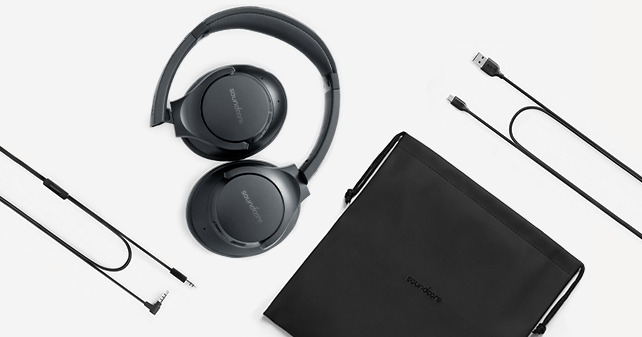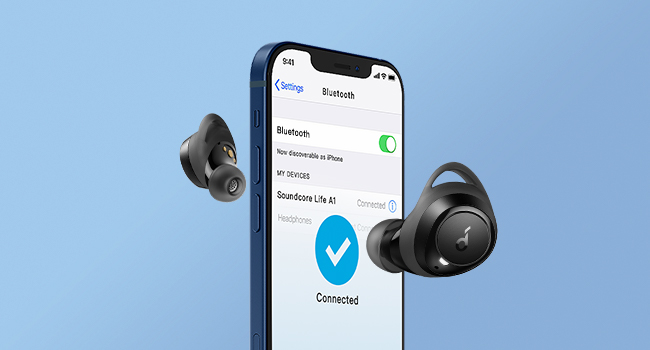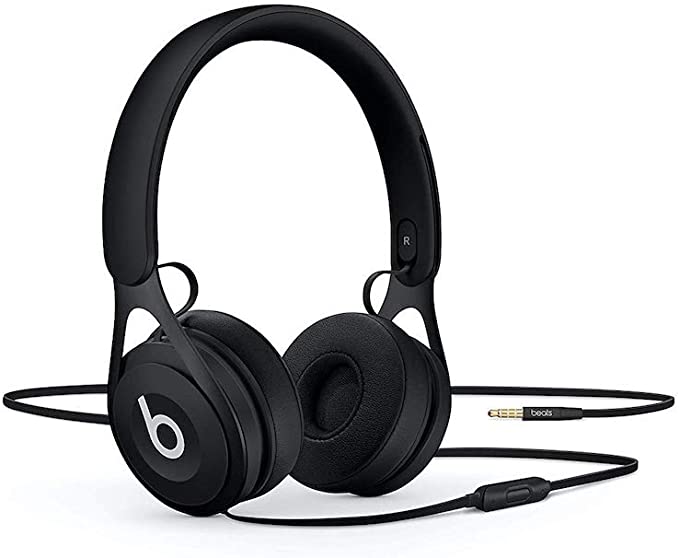SHOKZ S661 OpenMove Open-Ear Wireless Headphones - Perfect Open-Ear Headphones for Safe Listening
Update on June 28, 2025, 8:36 a.m.
In the early 19th century, as deafness descended upon him like a silent curtain, Ludwig van Beethoven, one of history’s greatest composers, refused to surrender. Legend tells of a frustrated genius clenching a wooden rod between his teeth, pressing the other end to the soundboard of his piano. In this moment of desperate ingenuity, the vibrations of the music traveled from the instrument, through the rod, and up into his jawbone. He could feel the music. He could hear.
This was not magic. It was a raw, brilliant application of a fundamental principle of human biology, a second, often-forgotten pathway to our sense of hearing. Today, that same principle, refined and miniaturized, lives inside devices like the SHOKZ S661 OpenMove headphones. To understand them is to understand this hidden channel and the remarkable ways modern technology can extend our natural senses.

A Forgotten Pathway to Sound
Most of the sounds we experience arrive through what scientists call air conduction. A sound wave, which is simply a vibration traveling through the air, is funneled by your outer ear into the ear canal. It strikes the eardrum, causing it to vibrate like the skin of a drum. These delicate vibrations are then amplified by a series of tiny bones in the middle ear and passed on to the cochlea, a snail-shaped, fluid-filled chamber in your inner ear. Think of this as the main entrance to your hearing—open, busy, and the way most audio devices work.
Bone conduction, however, is the VIP entrance. It bypasses the eardrum and middle ear entirely. Instead of creating sound waves in the air, a bone conduction device uses a transducer that rests gently on the bones of your skull—typically the cheekbones. This transducer generates micro-vibrations that travel directly through solid bone to that same fluid-filled cochlea.
Imagine the cochlea as a tiny, intricate pond. Air conduction is like throwing a pebble into the pond’s opening to create ripples. Bone conduction is like gently shaking the entire pond basin itself. The result is the same: the fluid moves, stimulating thousands of microscopic hair cells that convert these mechanical ripples into electrochemical signals. These signals then race along the auditory nerve to the brain, which interprets them as sound. You hear, but your ear canals remain completely open to the world.

From Beethoven’s Rod to a 29-Gram Device
The leap from Beethoven’s wooden rod to the sleek, 29-gram frame of the SHOKZ OpenMove is a marvel of modern engineering. The core challenge was to take a raw physical phenomenon and tame it into a reliable, comfortable, and high-fidelity audio experience.
The choice of a wraparound titanium frame is not merely aesthetic. Titanium possesses an exceptional strength-to-weight ratio, making it both durable and barely noticeable. More importantly, it is an excellent medium for transferring vibrational energy with minimal loss, and its biocompatibility means it’s unlikely to cause skin irritation during long, sweaty workouts. It’s the skeleton of the device, both literally and functionally.
The “engine” of the system is the transducer. This tiny component is responsible for converting electrical signals from your phone into the precise mechanical vibrations that form the basis of the sound. While SHOKZ markets its technology as “PremiumPitch 2.0,” this likely involves a sophisticated use of Digital Signal Processing (DSP). A DSP chip acts like a tiny, real-time sound engineer, adjusting the audio equalization to compensate for the unique acoustic properties of bone. It boosts frequencies that bone transmits less efficiently and tames others, shaping the raw vibration into a balanced and intelligible sound profile.

The World Through a Different Soundscape
Living with bone conduction headphones is fundamentally different from using traditional earbuds. You are not sealing yourself off; you are layering a private audio stream over your existing acoustic environment. For a runner, this means hearing a motivating playlist while also hearing the tell-tale whir of a bicycle approaching from behind. It transforms headphones from a potential liability into a genuine safety tool.
This open-ear design also brings a profound level of comfort. Many users report “ear fatigue” from having earbuds lodged in their canals for hours. The OpenMove eliminates this pressure point entirely, making them ideal for all-day use in an office or at home. As one user, Connor Simpson, noted, this comfort and awareness is key “when I am caring for my kiddos at home.”
Perhaps the most fascinating aspect is the emergent, unplanned ways people use the technology. One reviewer discovered an ingenious life-hack: by wearing standard wax earplugs to physically block out ambient noise like a partner’s snoring, they could still listen to a podcast perfectly through the OpenMove. The earplugs handled the noise cancellation, while bone conduction provided the audio—a feat impossible for any single device that relies on the ear canal. For others, like user Barb Miller who suffered from a collapsed ear canal, this technology has been nothing short of life-changing, providing a clear path for sound when the “main entrance” is blocked.

An Honest Physics Lesson: The Trade-offs and the Tingle
No technology is without its compromises, and bone conduction is governed by the unyielding laws of physics. The most common critique leveled against it is a perceived weakness in bass response. This isn’t a design flaw so much as a physical reality. Deep, low-frequency sound waves have long wavelengths and, to be felt powerfully, require moving a large amount of mass—think of the large cone of a subwoofer displacing air. A tiny transducer vibrating a small patch of bone simply cannot move enough mass with the same efficiency. It can create the pitch of the bass note, but struggles to deliver its visceral punch.
Then there’s the “tingle.” At higher volumes, especially with bass-heavy tracks, users report a distinct vibrating or tickling sensation on their skin. This happens when the vibrations are strong enough to be registered by your somatosensory system—your sense of touch. You are literally feeling the sound on your face. For some, it’s a mild annoyance that they quickly adapt to; for others, it’s a constant reminder of the technology’s unconventional nature.
An Imperfect, Perfect Solution
It would be a mistake to judge the SHOKZ OpenMove against a pair of noise-canceling, over-ear headphones. They are not competing in the same event. One is designed to create a sanctuary of perfect isolation; the other is designed to shatter that very concept.
The OpenMove is not built for the audiophile seeking a flawless re-creation of a studio recording in a silent room. It is built for the cyclist navigating city streets, the warehouse worker who needs to hear safety announcements, the parent who wants to listen to an audiobook while keeping an ear out for their children. It is a specialized tool engineered to solve a distinctly modern problem: how to seamlessly integrate our digital lives with our physical reality without sacrificing safety or comfort.
In that context, it is a remarkably elegant and near-perfect solution. And as we look toward a future of augmented reality and wearable computing, this idea of a private, open-ear audio channel becomes even more compelling. Imagine navigation prompts that only you can hear, whispered through your bones by your smart glasses, leaving your ears free to take in the symphony of the world around you. The legacy of Beethoven’s desperate trick may just be the key to a more aware, more connected, and more human technological future.

